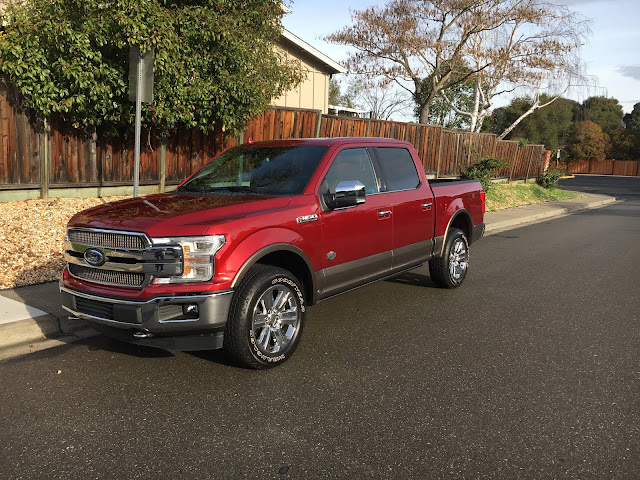2020 Kia Niro PHEV - To plug or not?
I have no idea where Kia gets its model names. Niro. What does that mean or represent? Who knows? Who cares? The only question worth asking is, is it good? My answer is yes.
There are three different Niro models – the Niro Hybrid, a plug-in Hybrid, and a pure EV Niro. I tested the plug-in version, the Niro PHEV (Plug-in Hybrid Electric Vehicle).
 |
| You can plug it in or ... |
 |
| Fill it up. |
Let me say right off that the Niro is the perfect size vehicle for me. It will seat four adults in comfort (five if three are on the smaller side in the rear seat). The seat height, front or rear, is just about perfect; I don’t have to crouch down or climb up to get in or out.
At just 171.5” long, and 71.1” wide the Niro is easy to maneuver and sight lines are good all around.
Cargo space behind the rear seat is 19.4 cubic feet. Fold the seats down and there’s 54.4 cubic feet of space. That’s more than enough for your groceries, carry-on luggage, or a couple of golf bags (a carry-on bag is about 1.6 ft3, and a golf bag around 3 ft3).
Being a PHEV the Niro does not have as much range as the EV (239 miles), just 26 miles maximum. But you do not have to plug in the hybrid although you can. It is rated at 48-mpg in the city so that is where the hybrid system works best. The highway rating is 44-mpg. The combined MPGe (Miles Per Gallon equivalent) is 105 miles. Unfortunately I didn’t get all that much seat time (nothing nefarious just didn’t really go anywhere) in the Niro to check these figures.
The different versions of the Niro are a little confusing to me, well at least the difference between the basic hybrid and the plug-in. The basic hybrid has slightly better economy ratings (up to 4-mpg better around town and the highway depending on trim).
The test Niro PHEV was the upscale EX Premium, the nicest and priciest. Premium features over and above the EX are a power tilt and sliding sunroof, 10.25” touch screen with Navigation, Harmon Kardon audio system, LED headlights, Parking Distance Warning-Reverse, Synthetic Leather (really?), Heated Steering Wheel, Memory Driver’s seat and Outside Mirror position, Ventilated (and heated) front seats, and an auto-diming rear view mirror. Of these I like the audio system, heated wheel, and ventilated seats. I could live without the rest. But it’s part of the package. (Have you noticed that everything is a package now? Nothing is ala carte. Want the good channels on your TV? Get 100 you don’t care about. But that’s a different topic.)
Pricing is always important. Kia (and their cousin Hyundai) are traditionally less expensive than some of their competitors. It’s difficult though to do exact comparisons. The Niro PHEV starts at $29,400 for the base LXS, and jumps to $36,390 for the EX Premium. With options and destination fees that went to $37,790.
I have to admit that I am a Kia fan. Their vehicles just appeal to me. Although the Kia and Hyundai share so much under the skin I prefer Kia’s styling over Hyundai’s. The Korean cousins build some darn good vehicles; the equal of their competitors in my book. I wouldn’t be afraid to buy either.







Comments